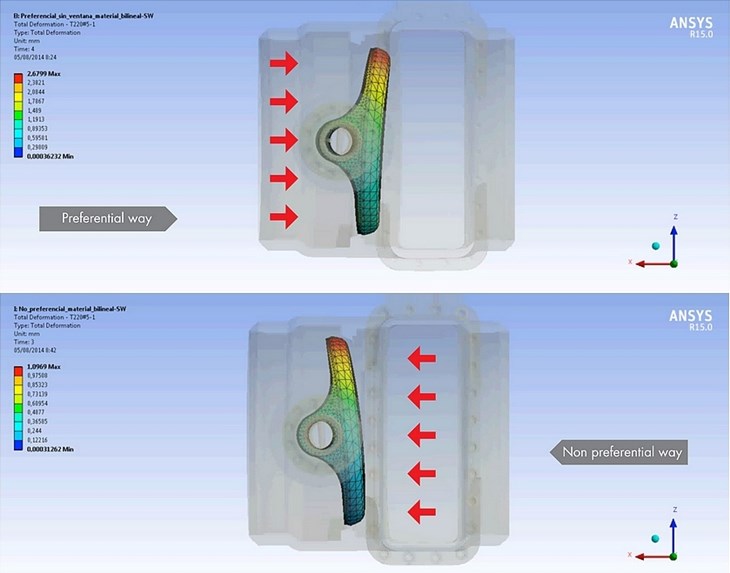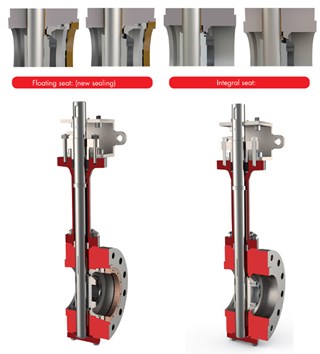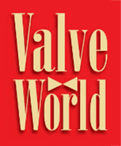Article by Urtzi Gurrutxaga, AMPO POYAM VALVES
___
Since their introduction to the market many years ago, butterfly valves have evolved continuously improving their leakage rate and reducing the required torque. Following this goal, the triple offset design was a huge improvement for butterfly valves operating in severe conditions, as the triple offset prevented excessive operation interference between seat and seal.
But although the triple offset design was a step ahead in butterfly valve performance, the design concept was not able to achieve consistent bidirectional sealing in cryogenic services under all conditions. As the design of the sealing device is non-symmetrical, it generated a different sealing capability depending on the flow direction. One of the first problems to be solved is the motion of the disc due to the differential pressure in both directions.
Manufacturers providing bidirectional shutoff with a double offset design tend to use complex metallic seals provided with structural flexibility and fixed to the body. Some manufacturers try by means of a triple offset design with a laminar seal, sometimes fixed to the body and sometimes to the disc, and providing a high closing torque in order to compensate disc motion when pressure is being applied in non-preferential way. Figure 1 demonstrates this effect when pressure pushes the seat with a preferential and non-preferential flow.

New seat design concept
In order to solve this issue, AMPO POYAM VALVES has developed a new seat design concept, taking its knowledge and experience in cryogenic ball valve technology and applying it to the butterfly valve to get a real bidirectional tightness in the most severe cryogenic conditions. This sealing technology is patent pending.
The new development comprises a triple offset design with an in-house manufactured resilient seal fixed to the disc, for optimum sealing capabilities in cryogenic applications. At the same time the body is provided with the new sealing seat concept, that is able to compensate disc motion in non-preferential direction. This new concept has consistently demonstrated optimum sealing results, thereby allowing AMPO to comply with the more demanding sealing rates in cryogenic conditions (SHELL SPE 77/200 and ISO 28921-1) both in preferential and non-preferential directions.
At the same time the innovative seating concept allows the AMPO POYAM butterfly valve to obtain an outstanding low End-to-Close torque (20% lower End-To-Close torque compared to integral seat design). This characteristic creates cost savings for the customer in operation systems.
Additional features
Our company has not only improved the state of the art in the sealing area of the butterfly valve but has integrated its extensive knowledge in cryogenic valves developed during the past 30 years. For example, low fugitive emissions technology, developed for ball valves, has been applied at the packing area. AMPO is therefore able to provide valves that consistently comply with ISO 15848 CLASS A Fugitive Emission standard. In addition, special care has been taken in the valve design to allow easy maintenance.
For example:
• Side entry valve maintenance tasks can be done with the valve in line
• The disc is not disassembled from the valve for seal replacement
• Fast replacement of internals from side window (side entry)
• Whole disc can be disassembled if needed with the valve in line (side entry)
• Robust design for maintenance works: Pins are not used for torque transmission from stem to disc.
Urtzi Gurrutxaga is a Product Development Engineer with AMPO POYAM VALVES. He has 10 years’ experience in the valve industry, where he has been focusing on product development and improvement, mainly for severe service valves (cryogenic, high temperature, etc). He holds an Industrial Engineering Degree from Mondragon University in Spain.





